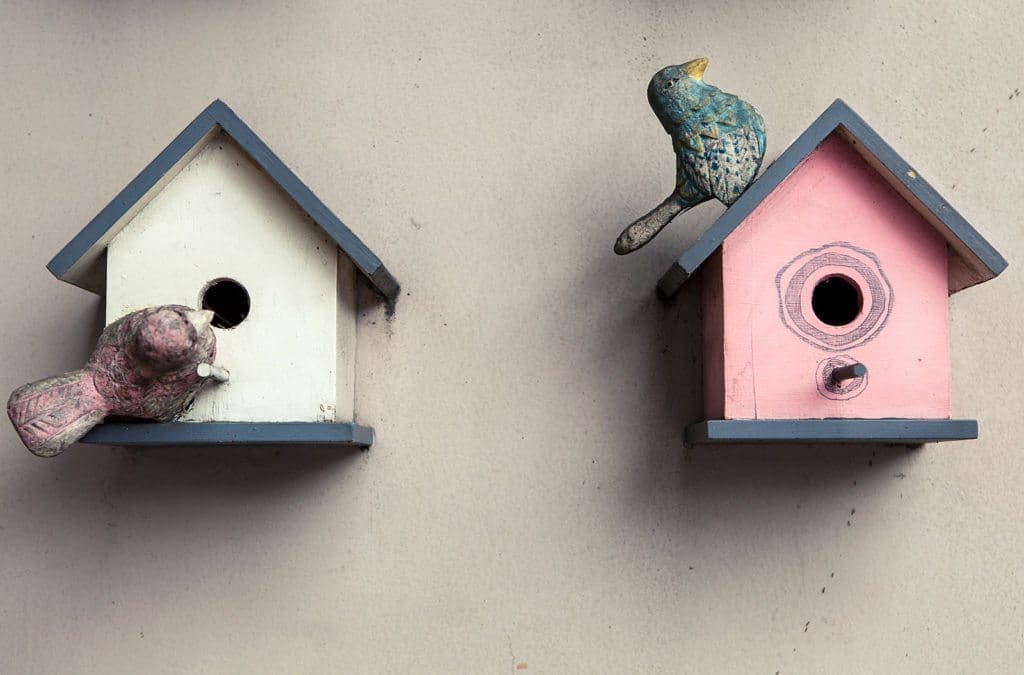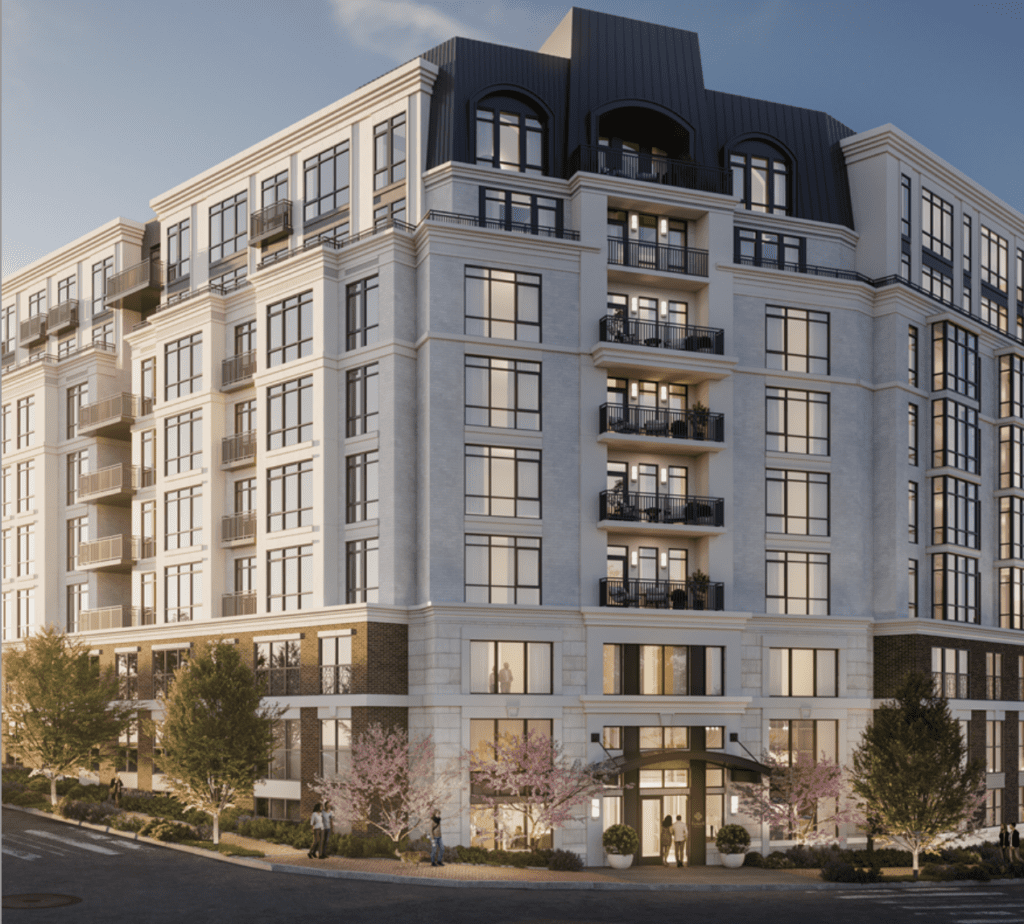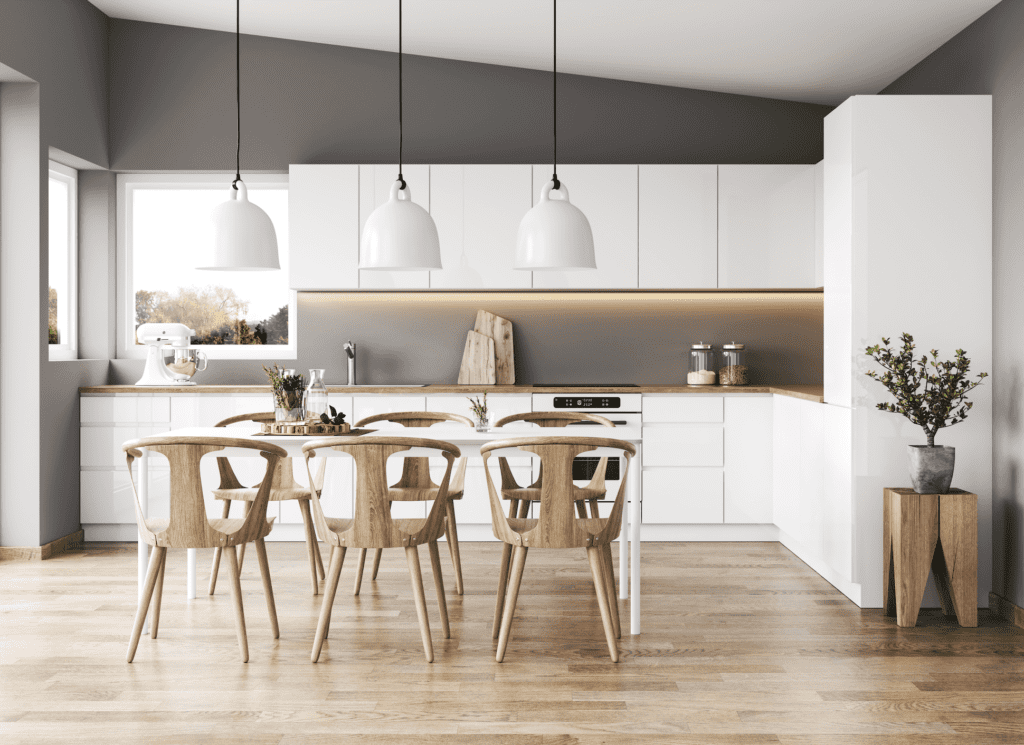Buying and Selling At the Same Time
Buying and selling at the same time begins with understanding your needs and your financial situation.
Most of our clients who are buying and selling at the same time are “move-up” buyers or are downsizing. Typically, they fall into one of the following categories:
- need to sell (house is too small or too big) & have to buy (new home will be easy to find)
- need to sell (house is too small or too big) & have to buy (few homes meet your criteria, more difficult to find the next house)
- have to buy & don’t need to sell immediately
- don’t have to buy, but need to sell in order to buy
Any discussion of buying and selling at the same time begins with:
- an in-depth discussion with a mortgage lender;
- a thorough review of the selling process; and
- a market analysis of your current home.
Talk to a Lender
The discussion with your lender should give you an understanding of what you qualify for, the monthly payments, closing costs and how interest rates will affect the monthly payment. The lender can help you determine if you must sell before buying, if you can buy non-contingent on the sale of your home (selling your home at a later date), or if you can buy non-contingent and just need to rent your home. Exploring each of these options is very important.
The Selling Process & Current Market
The best market analysis of your home is what a buyer in an open market will agree to pay within a given timeframe.
Since that cannot be achieved without actually putting your home on the market, you will want an agent who knows your market well enough to review your home’s condition. The agent will then evaluate it against other homes nearby that have sold as well as against what is currently on the market. With that estimated sales price, you can determine the “equity” you will take from the property after fees and taxes are paid. It is best to review a range of prices from “worst case” to “best case” selling prices. Further, an agent can assess what your home may rent for if you decide to keep it.
The Scenarios for Buying and Selling at The Same Time
- When buying and selling at the same time, the best case scenario is the following: You are buying and selling when your current home is in good condition, in a desirable location and the area where you want to buy offers plenty of choices in your price range. This is often the case when a buyer is looking for more space and will move from an urban location to a more suburban or rural area. The same is true if someone is moving from an area like the DC metro to a city or state that has a lower median price point outside of our area.
- A different scenario may be when you need to move and the area where you want to buy has tight inventory. If you must sell to buy, your options are more limited. One strategy might be to plan for two moves. Putting your home on the market and then, when it sells, move into a rental until you can find the right home.
- An option, but often a difficult one to maneuver, might be to explore finding a home where the seller will accept a contingent offer on the sale of your home. However, keep in mind if you are buying in a smaller or tighter market, most sellers are not interested in taking a contingent offer on the sale of your home. It works best if you are buying in a higher price point that is moving slower than that of your current home.
- Another good situation is when you can write a contract and go to closing without selling your current home. However, there is risk in that as well. It’s important to work with a market evaluation of your current home that considers the trends of the market and whether it’s going up or down. Using a conservative forecast is recommended. In the late 1980’s when the market was skyrocketing, too many people bought new homes and then priced their homes above the market because the market was moving up. They then got caught when the market crashed and chased the market downward, lowering the prices well beyond what they had planned. Similar circumstances occurred in 2006-2008. Many sellers were stuck with two houses. They could rent one of them, but often below their mortgage payment. So when buying the second house without selling, the first words of wisdom are use a cautious approach to the ultimate sale price of your current home.
- The scenario that I believe can be most frustrating is the buyer who likes their home and doesn’t have to move, but would like to capture some additional amenities like a pool or a large yard. They would like to move but don’t have to. If they need to sell their home to move, it becomes even more problematic. When the right house comes along, it might be the right one for someone else too. Action could be hampered by comparisons of qualities to the current home or the need to sell their home and get it on the market quickly.
Which brings me to some good advice for those who will need to buy their next home contingent on their home selling. Your house must be three days away from being show ready!
Sellers considering a contingent offer want the house on the market quickly. You need an agent searching for you, beating the bushes for properties that might consider a contingency or that you can write on before it goes on the market so you aren’t competing.
THINKING ABOUT BUYING & SELLING AT THE SAME TIME? CHECK OUT OUR MOVE-UP GUIDE.
The Bottom Line
We have helped buyers through each of these scenarios and they are all workable with the right approach. If you’re thinking about a move-up (or a move-down, for that matter), we are happy to meet with you to discuss the right action plan for your situation. We’re here to help so reach out today!
Contact Us
For more real estate advice like this, sign up for our weekly blog roundup.


